With over 5 billion internet users worldwide, eCommerce marketplaces are booming faster than ever.

With over 5 billion internet users worldwide, eCommerce marketplaces are booming faster than ever.
Marketers are continuously working to innovate customer experience with more personalization efforts. On the other hand, retailers are trying to maintain a strong eCommerce presence by incorporating unique services, tools, and solutions for product feed management.
Today, an online store that’s present on multiple shopping channels like eBay, Amazon, Walmart, etc. is given a competitive edge over others. While enjoying the competitive advantage, retailers have to sacrifice a lot of time in keeping their product feeds correct and updated.
However, when an online store has thousands of products, it can get difficult to continuously update product feed and order information across multiple shopping channels.
The good news? With product feed management tools, retailers no longer need to manually update data across different channels. It helps in the integration of your store’s product feed with different eCommerce marketplaces.
In this article, we’ll discover how innovative feed management tools are actively contributing to more product visibility, customer reach, CTRs, and higher conversions.
By the end of this article, you’ll have a clear idea of how merchandisers and marketers are benefiting from feed management solutions explained with real-life industry examples.
Let’s get started.
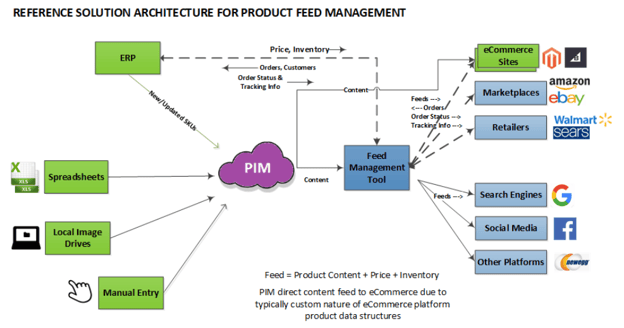
Product feed refers to sending retail product information in an organized, structured, and updated format that can be displayed and available across multiple eCommerce channels. The file format for a product feed is either XML or CSV which includes the list of products and relative product attributes that you’re selling online.
A product feed contains the following data:
My favorite example of this is how this eCommerce fitness website organized the product look and information from the front-end. The same information can be converted into a CSV file format called a product feed. The product feed can then be transferred across multiple eCommerce channels.

Product feed management is a multi-channel solution that refers to how your product data is communicated to eCommerce digital channels and marketplaces. These shopping channels, in turn, list your eCommerce products so customers can easily find them.
According to Statista, global e-retail sales account for $5.2 trillion in 2021. This figure is only expected to increase in the coming years owing to effective eCommerce marketing services, enhanced personalization efforts, and seamless customer experience. To make the most out of your e-retail business, you need to incorporate innovative feed management solutions.
To know whether you need a product feed management tool for your eCommerce business, ask yourself these questions:
By carefully analyzing each question, merchandisers get a clear idea of their eCommerce needs. For instance, we recommend you go for a feed management tool if you have thousands of products in your catalog; insufficient resources like employees and virtual assistants to manage; or you’re willing to sell products based on an omnichannel marketing strategy.
Gone are the days when sellers used to manually load and update thousands of products on multiple shopping sites. As a retailer, if you’ve got a catalog of numerous products to sell on various eCommerce channels, you should go for a product management solution.
Not only will it save up your time but also helps in better customer reach, customer experience, effective Google ads campaigns, as well as streamlined eCommerce operations.
Product feed management tools can automate product listing to different eCommerce channels. It can also optimize your listings according to specific channels’ requirements and best practices.
Merchants need to make sure they’re transferring the correct product data and attributes according to the channel requirement.
At times, they have to format the product attributes to meet the channel’s criteria for consistent listings across the channel.
Why?
Because little issues with punctuation, spacing, and capitalization can reject the product listing from publishing.
Here, product feed management tools come into action. They help in managing and optimizing product feeds to generate clear, correct, and consistent product listings that have titles, key features in bullet points, descriptions, and other essential attributes. Optimized product content helps improve customer experience through search relevance that ultimately promotes conversions.
Many eCommerce sites allow customers to filter products by different attributes in the product taxonomy. The best part, data feed management tools can also assist in putting the products in the right categories, so they appear on the front-end when a customer uses relevant keywords.
This type of granular categorization can make your products reach relevant customers. Coupled with a killer landing page, it does wonders in boosting eCommerce sales.
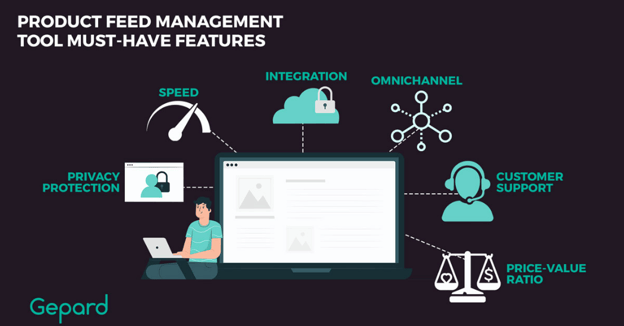
Two-way integration in feed management tools helps to synchronize the order data between your eCommerce system and different marketplaces. This forms the basis for a smooth data communication process that’s up-to-date, efficient, and accurate.
Inconsistencies with data synchronization are a major concern for eCommerce merchandisers. For instance, you’ve integrated your e-retail site with Etsy and received an order on Etsy instead of your main site. To process the order, you need to log in to the seller channel of Etsy every time and initiate order fulfillment manually.
On the other hand, if you’re using a data feed management tool for your site, the order data is synced between your e-retail site and multiple channels and can be directly processed through your site. Without data synchronization between multiple channels, it becomes time-consuming to process orders.
Think of this eCommerce site for virtual cards as an example. As a part of their marketing strategy, they allow customers special discounts if they buy in bulk. The right data feed management solution will automatically adjust the prices relevant to the number of products purchased across all integrated channels.
To keep the product pricing and discounts relevant to the number of products purchased and other strategic factors of your choice, feed management tools like automated Amazon repricer come into action. Such tools automatically adjust the product prices on your behalf. Not only does this save a lot of time for eCommerce merchandisers, but it’s also beneficial for a sound customer experience.
An optimized product feed helps run relevant ad campaigns. These campaigns, in turn, aim to meet the associated platform’s algorithm. Ultimately, retailers can see an increase in the impressions made, keyword relevancy, number of clicks on the ad, and overall revenue.
Product feed optimization tools are mostly used in shopping ad campaigns as they enhance the relevance of keywords. This ensures your ad shows up in the first few results in the SERP because Google Shopping finds it relevant to the keywords a user typed in. When your product feed isn’t optimized, chances are you have to pay high bids for your eCommerce products to appear in the SERP.
Besides considering the success of a Google Shopping campaign performance, merchandisers and marketers have to pay keen attention to marketplace SEO. Here are a few considerations that are crucial for a successful shopping campaign on Amazon, Walmart, eBay, etc:
One way to monitor your eCommerce marketing success is to create surveys on WordPress or on any other CMS you use. Similarly, when it comes to effective marketing of products and services, merchandisers use tactics like free consultations, discounts, and a personalized customer experience to drive more traffic to their eCommerce website.
For example, Menlo Coaching, an online MBA program facilitator site offers a free consultation call with industry experts before the customer chooses one of their programs as an incentive.
When it comes to shopping online, things can get overwhelming. With hundreds of products to choose from, your customers are drowning in choice. To relieve the stress, more retailers are investing in Product Discovery.
Product Discovery comes in many forms, from smart merchandising and search to product finders and configuators.
Great Product Feed Management means you can better help your customer discover your products. By attaching the correct attributes and benefits you make sure customers can find your products with ease.
By including product benefits into your feed management, you ensure your customers find products based on their needs.
Effective product feed management includes many processes from listing creation to product optimization and order management. Let’s have a closer look at how it works.
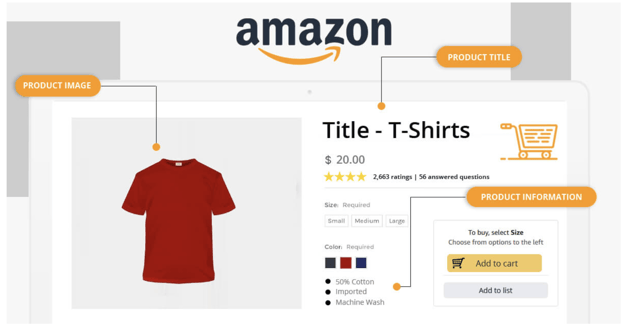
Creating product listings and categorization becomes seamless with the right solution. The goal is to transfer product data from one or multiple sources to create product listings on another channel.
For instance, if you’ve got a Shopify store but you want to sell your products on other marketplaces like eBay, Etsy, Amazon, etc., you’d have to create separate data feeds for each marketplace depending on their specific standards.
The same goes for your product categorization so that it appears among the relevant products on different channels, and is easily discovered by customers.
This issue of creating separate feeds for different channels is resolved through automatic data feed management tools. Because of this, an integrated product feed can be managed and updated through a single platform. Similarly, these tools can automatically categorize products across multiple digital sales channels.
While creating a listing, a merchandiser is required to enter three different types of fields:
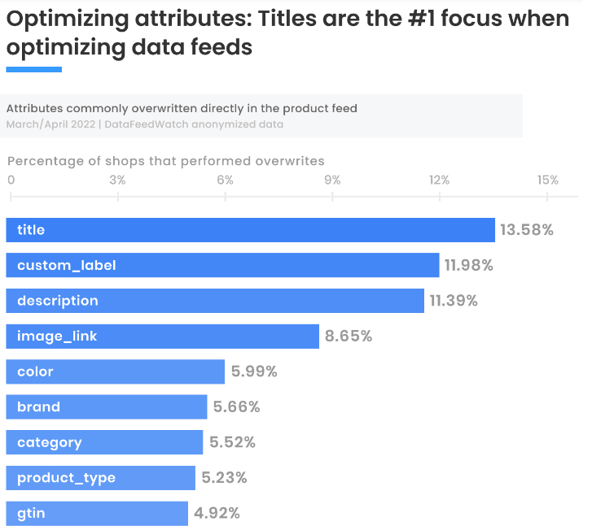
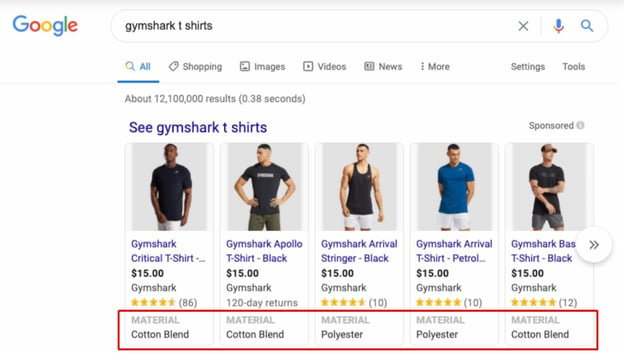
By optimizing the product feed, retailers make sure it will reach potential customers with consistent, accurate, and updated product data. Since each product is aimed at a specific audience, it must be optimized accordingly. While it seems tiring to optimize each product of an eCommerce store based on customer relevancy, the right eCommerce solutions can make it a breeze.
Let’s say, you want to optimize your product feed for Google Shopping Campaign. The goal is to make your products appear in the search results. Interestingly, keywords are of no relevance when it comes to optimizing product feeds. Instead, Google will rank your product based on product insights present in the listings, making it essential for marketers to optimize them.
Choosing the correct product attributes like title, description, and category while keeping in mind the customer psychology is important for your product discovery on Google Shopping Campaign. In such scenarios, product feed management tools come handy to scale up your ad campaigns and boost conversions.
With an optimized product feed comes these benefits:
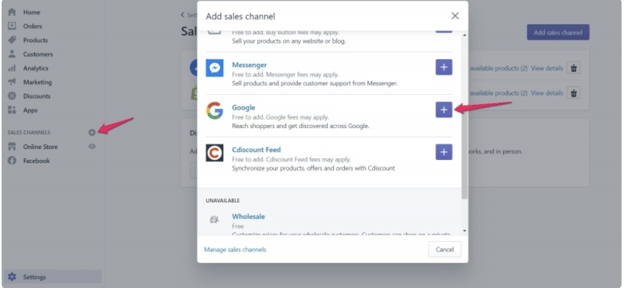
A comprehensive data feed management tool helps you to avoid order management issues because of overselling. These solutions will proactively update you for serious inventory fluctuations. Once your feed data is uploaded to eCommerce platforms and marketplaces, it needs to be frequently updated in case of the following scenarios:
When the product attributes and order information is actively updated across multiple channels, it results in a smooth customer experience. Data management tools can automate data synchronization for enhanced efficiency. Moreover, it keeps merchandisers’ prices competitive in the continuously fluctuating market.
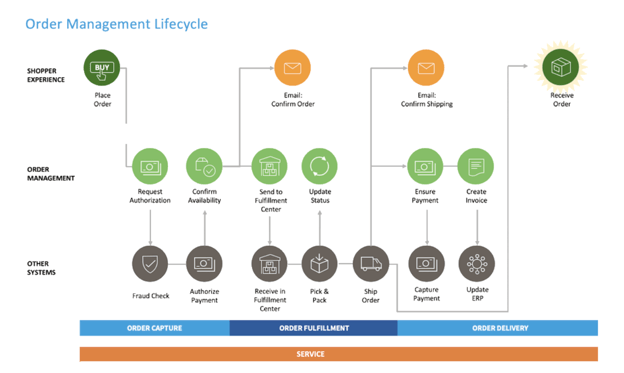
Product feed management helps keep track of sales and order fulfillment processes. The chances of shipping errors, missing data attributes, and bad customer experience are considerably reduced when the right product feed solution is integrated.
For example, a merchant who connects their Shopify store to Amazon and eBay has to fulfill any orders while manually logging in to the merchant portal of the respective site an order is placed through. To avoid the hassle of managing orders placed through different channels, they use a feed management platform to bring the order management to a single platform.
With the help of an eCommerce order management tool, they can pick up the orders placed through either Amazon or eBay and put them into Shopify as native orders. The order processing, fulfillment, and tracking information is also updated across all channels to keep everything on the same page.
The right product feed manager tools can automate order fulfillment, as well as cater to product feed updates, errors, and issues across all integrated channels.
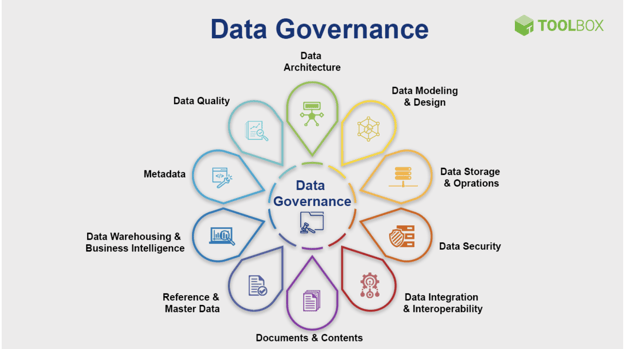
Data governance refers to an eCommerce quality control system to protect the integrity of your product feed data. It’s a proactive approach to address the problems before they get out of hand. For example, once a retailer uploads a faulty listing, the respective eCommerce channel will notify about the problem through an email alert and immediately stop the exports.
Product feed management tools can also act as a safeguarding body to prevent errors in the data feed. Automated data governance allows merchandisers to optimize customer experience and prevent the loss of sales. The following product data feed errors are proactively caught using the right solutions:

Without an efficient product feed management solution, retailers can run the risk of incorrect, and outdated data that can seriously repel customers. Moreover, missing data values, rogue HTML, and incorrectly mapped data for a specific channel are other major product feed quality issues.
A data feed management tool can prevent the following data feed issues:
The good news is, comprehensive feed management solutions can prevent any merchandiser from getting these product feed issues.
When product feed management is done right, it gives your online store a competitive edge over others in the marketplace. An effective eCommerce strategy incorporates feed management tools to ensure the feed data is accurate, up-to-date, and properly handled across multiple channels.
Whether you are a CRO manager or merchandising specialist, the right feed management tools can help you automate, synchronize, and manage product catalogs and sales channels. Not only are these tools time-saving, but they also play their part in increasing customer reach, impressions share, the number of clicks on the ads, and sales.
Moreover, product feed optimization can also help improve customer experience which in turn boosts the customer-brand relationship, loyalty, and conversions.